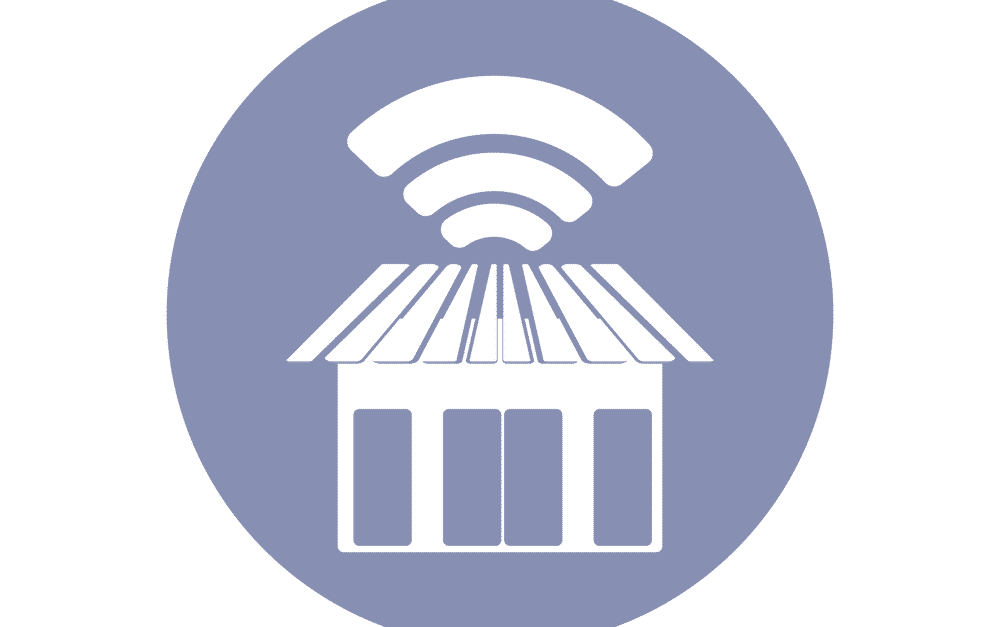
The internet connectivity is essential everywhere as people are connected to the world with these invisible signals. For everyone who has set up the internet connection at home but wants the robust signals in your garage office, it can be pretty difficult. This is because the internet signals will become weak with increasing distance. So, if you need to get the strong internet signals to an outbuilding, we have outlined multiple ways for it. With these methods, you will be able to achieve strong internet speed, irrespective of location. So, let’s start!
Best Way To Get Internet To Outbuilding
1) Wired Connection
Wireless internet services are raging for sure but wired internet connection is the most reliable option out there. You can install the ethernet cable infrastructure to create a connection between the main building and external building i.e., shed, garages, and gardens. You can connect the cables through ethernet ports on the router.
It is advised to use the long cables by terminating the RJ45 plugs. However, this can be tricky for some people, so you can choose the cat5 or cat6 cables. After creating the cable infrastructure, you can install the network switch and create optimal Wi-Fi coverage.
2) Using The Right Cables
While jotting down the wired internet infrastructure, you need to be vigilant about the cable choice. While choosing the cable, you need to consider the installation location and speeds on either location. If the cable will be exposed to the outer environment, you need to use the ethernet cables as they are UV proof.
This is essential because harsh weather environments can adversely impact the wire structure. Also, the cheap cable can be clogged with water, leading to inefficient internet service. On top of everything, you can use the FTP cables if there are electrical cables all around. This makes sure that there are no interferences in the signals and their strength. The different types of cables include the following;
- Cat5e – This is the most affordable choice with the ability to provide 100MB internet speed for higher distances and 1GB for lower distance
- Cat6 – This cable provides 1GB internet speed on longer distances and 10GB on close distances. These cables will cost a bit more as compared to Cat5e cables
- Cat6a – This cable is similar to Cat6 cables but they offer better speeds
- Cat7 – This cable can be pretty expensive and is optimal for huge places. This cable ensures the provision of 100GB internet speed at a close distance while providing 10GB speed at longer distances
- Fibre Optics – These cables can be pretty complicated to handle and the supporting equipment is pretty expensive as well
3) Wired Networking Technique
While you are laying down the wired network, you need to be considerate about the network technique, such as;
- Underground – With this technique, the need to dig up some tunnels and lay down the wring and cover it up with soil again. It is advised to design the conduit as it’s responsible for protecting the cable
- Catenary – This wired network is created between the origin and destination building but makes sure that you are using the external-grade cables
- Surface Running – Use the external-grade cable and wrap it around the fences and walls through clips
4) Range Extenders
If the origin and outbuildings are close, the Wi-Fi signals will reach there automatically. However, if the buildings are available at distances, relocating the router might help out as it’ll optimize the signal portrayal. If the signals still aren’t optimal enough, using the Wi-Fi range extenders will position the signals.
However, you need to be vigilant about the extender’s location because it promises higher signal strength. In addition, you can install the access points as well. The access points work as secondary wireless connections and power over ethernet can be used to provide access point power. So, you’ll be able to optimize the Wi-Fi signals at home as well as the outbuilding.
5) Antenna
In case you’ve strong 4G signals, you can use the directional antennas, topped with the coaxial cables. The antenna is installed at the exterior side of the outbuilding and it will catch the internet signals. However, this requires the sim card and sim internet packages. So, stay considerate about the packages. In addition, make sure that you are using the sim that has better signal strength in your area.